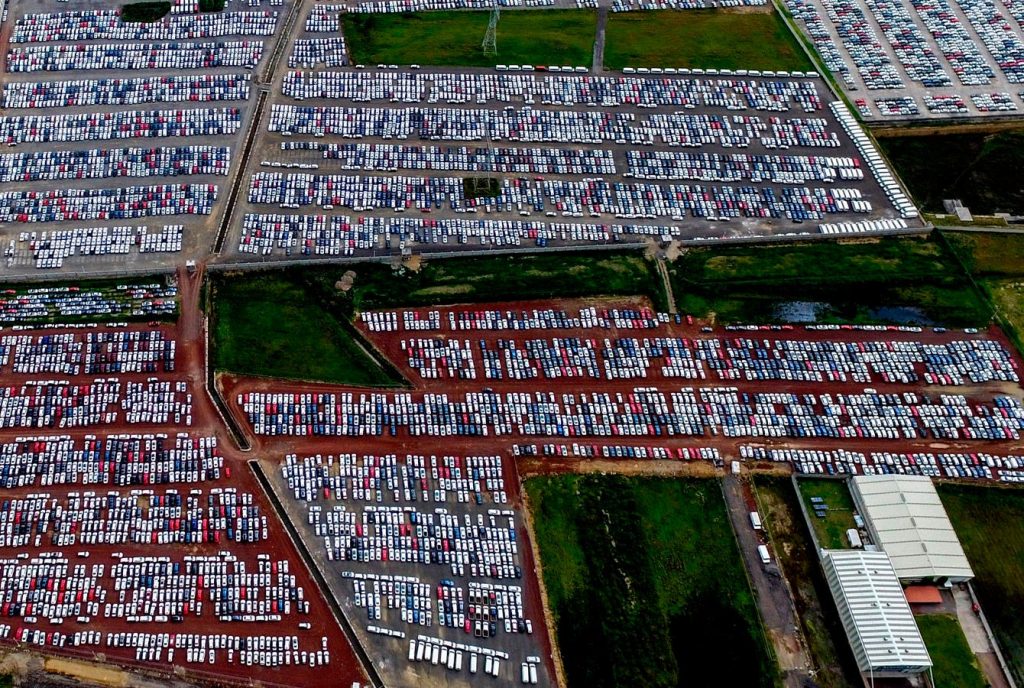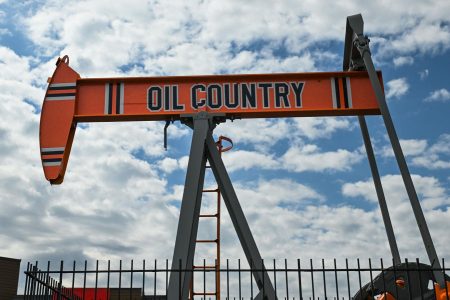The resurgence of manufacturing in the United States, commonly referred to as nearshoring, is set to revolutionize the trucking and rail networks across North America. This shift towards localized supply chains promises quicker delivery times and mitigates geopolitical risks, but simultaneously presents infrastructural and logistical hurdles. Companies capable of addressing these challenges will hold a key position in this transformative period and may represent lucrative investment opportunities. Nearshoring offers significant advantages, including the avoidance of tariffs and foreign exchange complexities, and improved inventory management through shortened lead times. Events like the implementation of tariffs during the Trump administration and the supply chain disruptions caused by the COVID-19 pandemic have further strengthened the business case for domestic manufacturing. While domestic production costs are generally higher, the reliability and stability of domestic supply chains hold considerable value.
The increased costs associated with domestic manufacturing often necessitate higher consumer prices. While some price increases may be acceptable, widespread price hikes can contribute to inflation. Furthermore, the United States currently faces limitations in its manufacturing capacity, particularly in labor availability and transportation infrastructure. To fully accommodate the shift towards domestic manufacturing, significant improvements in domestic logistics are essential. This includes enhancing transportation networks, streamlining customs procedures, and addressing the shortage of truck drivers. Technological advancements, such as autonomous driving and AI-powered logistics management, will likely play a crucial role in improving efficiency and addressing these challenges.
North American trade dynamics are also central to the nearshoring trend. Mexico has recently surpassed China as the United States’ largest trading partner, benefitting from its geographical proximity, lower labor costs, and a larger pool of factory workers. U.S. companies have invested substantially in Mexico, often engaging in cross-border manufacturing processes. Canada, with its proximity and abundance of natural resources, also plays a significant role in U.S. trade, particularly in supplying crucial commodities like oil, gas, and lumber. This interconnectedness within North America has only strengthened with increasing scrutiny on China. Mexican manufacturing, rather than being a direct competitor, often complements U.S. manufacturing, with companies operating across both countries for optimized efficiency and competitiveness.
Maintaining the ability to nearshore and access Mexico’s lower labor costs is crucial for the competitiveness of North American manufacturing, particularly for high-value goods like electronics and automotive components. Potential shifts in U.S. trade policy, especially regarding tariffs on Mexico and Canada, could disrupt this delicate balance and hinder efficient domestic manufacturing. Therefore, a wise investment strategy might focus on companies that facilitate trade and transportation within North America, rather than trying to predict winners and losers in potential trade disputes. These companies, involved in the movement of both unfinished components and finished goods, stand to benefit from the nearshoring trend and the overall robust economy.
The trucking industry plays a vital role in the nearshoring landscape. The value of U.S. truck freight with Canada and Mexico has consistently risen, reflecting the demand for efficient transportation within shorter supply chains. Truck fleets must adapt to this shifting landscape to accommodate retailers’ just-in-time inventory strategies. Within trucking, less-than-truckload (LTL) shipping offers greater flexibility for manufacturers, enabling smaller, more frequent shipments that allow for rapid inventory adjustments, particularly crucial during supply chain disruptions. While LTL currently represents a smaller portion of the industry’s volume, its potential for growth, driven by e-commerce and the need for shorter transit times, presents a promising investment opportunity. Established LTL carriers like FedEx and Old Dominion Freight Line dominate the market, providing solutions for businesses without the capacity for full truckload shipments. In contrast, the full truckload (FTL) market is highly fragmented, with a significant reliance on brokerage firms.
Technological innovation, particularly in artificial intelligence, is poised to transform the trucking industry. Optimized routing, real-time tracking, predictive maintenance, and dynamic route adjustments can significantly improve efficiency and reduce costs. Large companies with the resources to invest in these technologies can gain a competitive edge by integrating trucking fleets with warehouse management systems. Technology can also streamline the complexities of international trade, such as navigating customs procedures for goods imported from Mexican maquiladoras. Third-party logistics firms with integrated customs brokerage services become essential in facilitating seamless cross-border trade. Addressing the truck driver shortage, particularly for long-haul routes, is another critical challenge. Autonomous driving technology offers a potential solution, particularly for regional routes with predictable patterns. Companies focusing on autonomous driving technology, partnering with tech giants in its development and implementation, represent another area of investment potential tied to the success of nearshoring.
Railroads also play a crucial, albeit often overlooked, role in the nearshoring equation. While trucking handles shorter distances, intermodal transportation, the integrated use of trucks and rail, becomes essential for long-haul transport. This approach, leveraging the strengths of both modes, will become increasingly important as nearshoring progresses. Strengthened partnerships between railroad companies and trucking firms will be necessary to optimize the movement of goods between trucks and railcars. While rail transport has not seen the same growth as trucking in recent years, it remains highly efficient for bulk transport over long distances. Investment in rail infrastructure, including expanded rail yards, upgraded tracks, and digitalization of intermodal facilities, will be essential to accommodate the increased demands of nearshoring. This capital-intensive nature of rail infrastructure development may also lead to increased mergers and acquisitions within the sector or opportunities for specialized lenders in asset-backed financing. The convergence of these trends within the trucking and rail industries creates a ripe investment landscape for those focused on the necessary infrastructure and technological advancements that will power the future of North American trade and the ongoing nearshoring movement.










